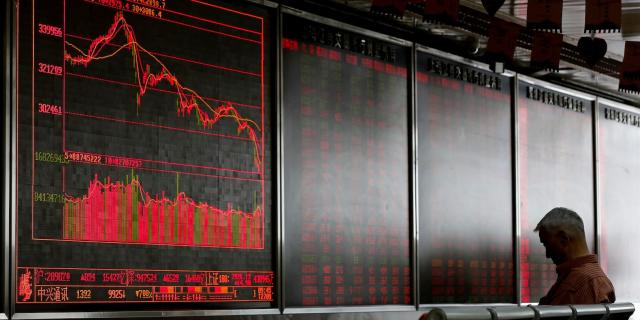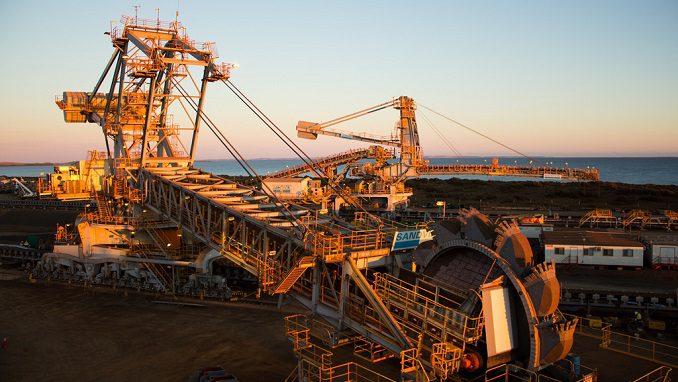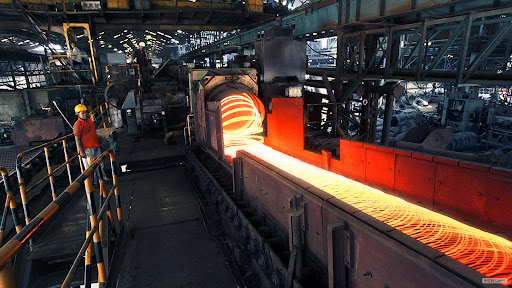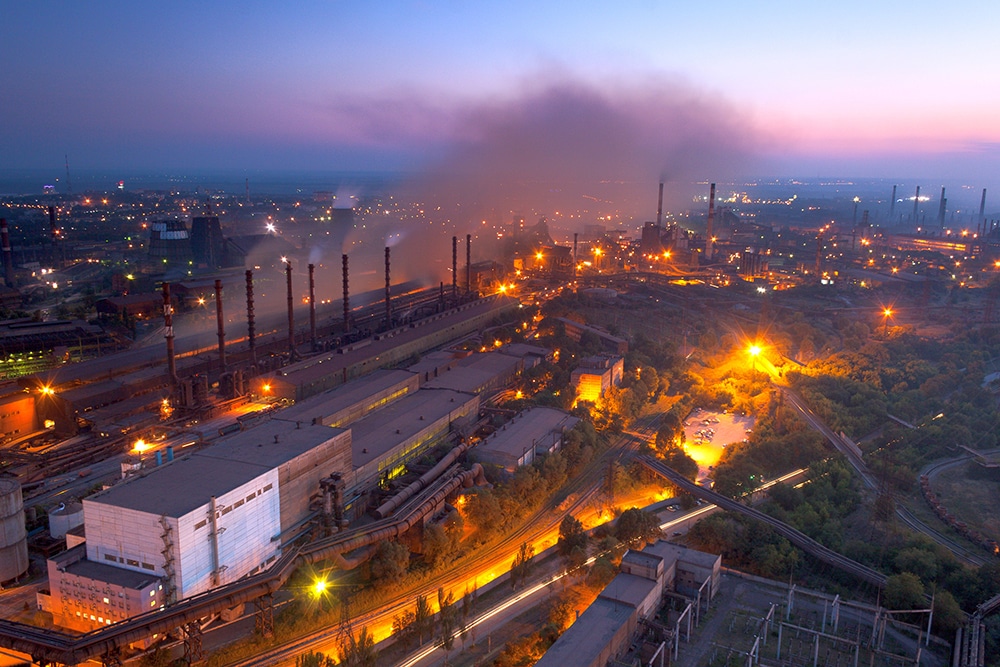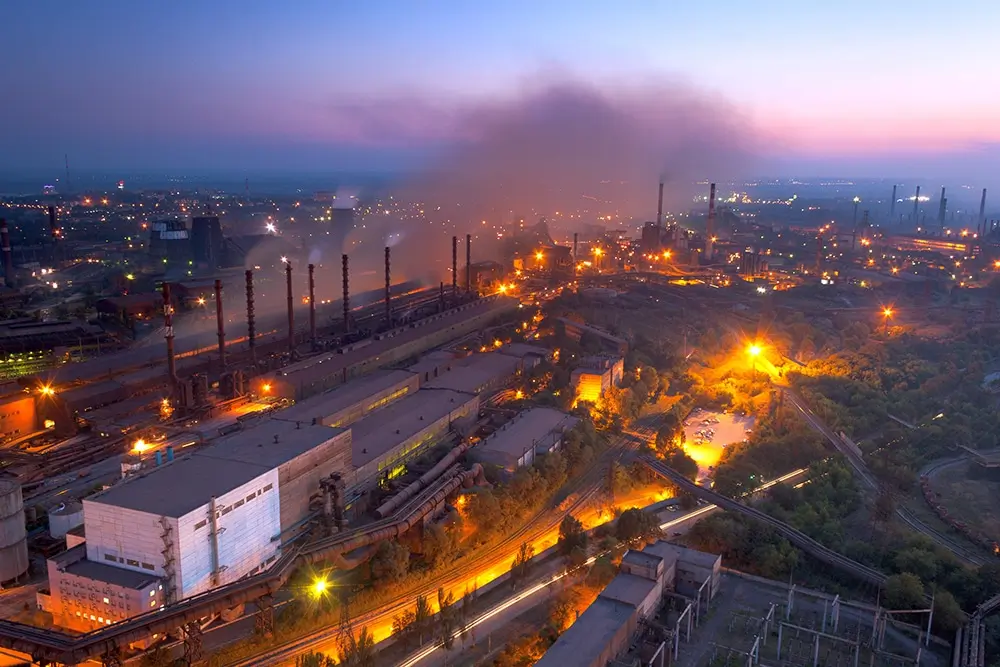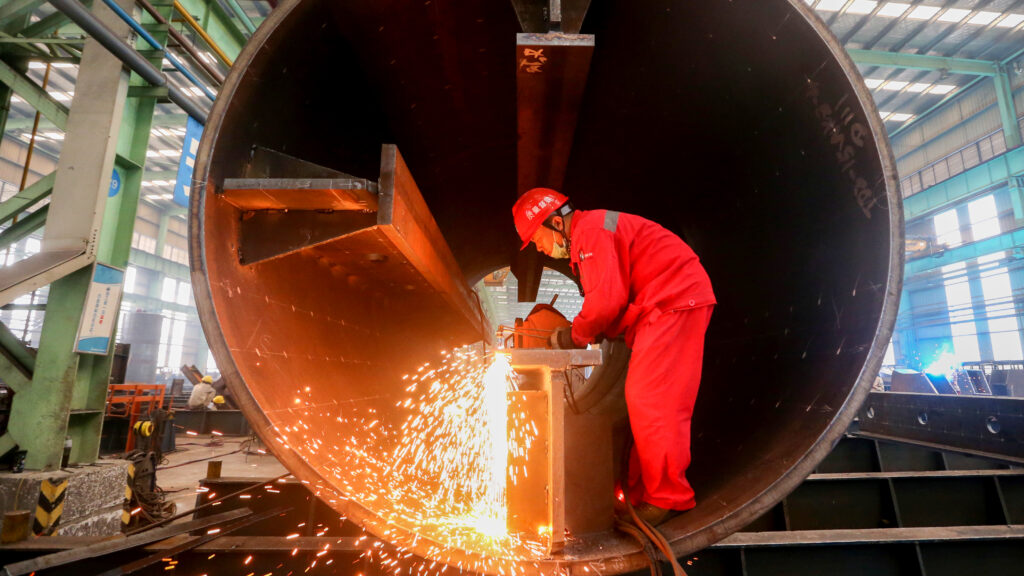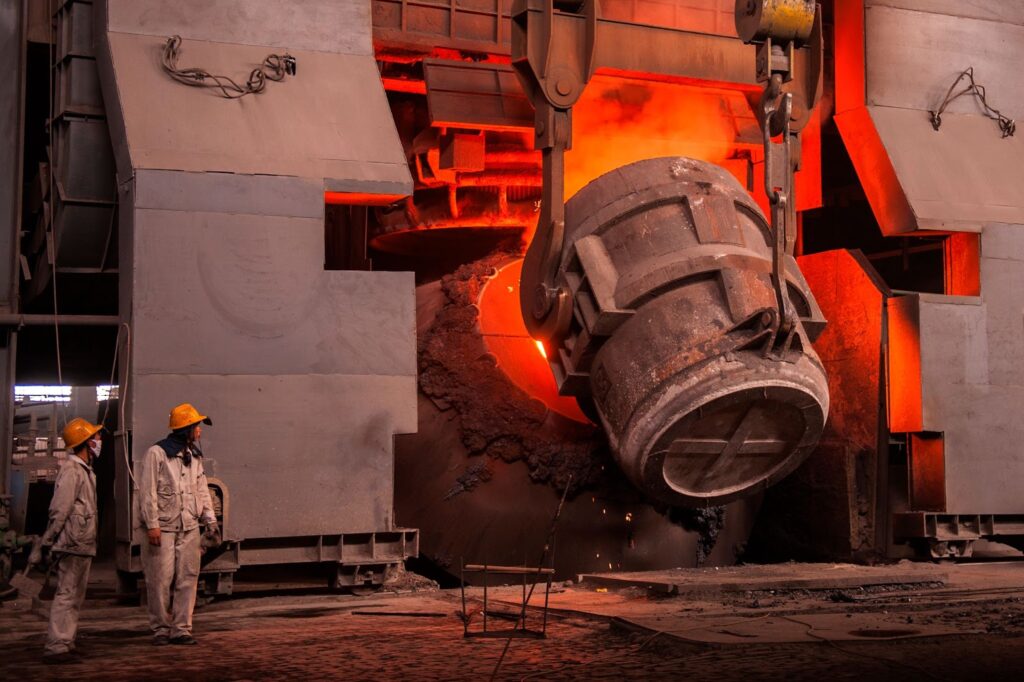Amid the recent downturn in steel prices and burgeoning inventories, steel associations across various Chinese provinces are advocating for a reduction in steel production. This response aims to counterbalance the unexpected dip in demand and address the financial strain caused by poor-to-negative profit margins, as reported by official releases and local media coverage.
The Yunnan Iron and Steel Association took proactive measures on March 7, initiating a production restriction plan that aims to reduce monthly steel production by 500,000 metric tons, a figure that corresponds to over 40% of the typical monthly production rates. This directive was echoed on March 14 when the iron and steel associations of Guangdong and Shandong provinces announced similar reduction strategies.
In Guangdong, significant production cuts have been enacted, with the capacity utilization rate at Baowu Zhongnan, Zhuha Yue Steel, and Jingye being reduced by 40%. Each mill is scheduling at least one blast furnace for maintenance. The Yan’gchuan New Steel plant is operating at a 50% capacity, and both Guangdong Guixin and Jin Shenglan have reported a 45% reduction rate, which is projected to translate into a 20% decrease in steel production.
Over 200 Chinese steel producers have taken similar measures, reducing capacity utilization rates, which, in the middle of March, have fallen to 75.6% across the industry. It has been noted that in favorable market conditions, these mills could operate at above 90% capacity.
These strategic production decreases are expected to stymie the persistent decline in steel market prices observed since the conclusion of the Lunar New Year holiday. An ongoing supply surplus has exacerbated market issues since mid-February. As of March 10, inventory levels of the main five finished steel products in 21 major cities reached 14.22 million metric tons. Comparatively, this is a 33% or 4.66 million metric ton increase from early February figures.
Trade sentiment has shown signs of recovery as steel associations announced firm plans to reduce production capacity. A trader expressed optimism, noting that the reduction in output could lead to improved physical prices, especially for products like debar, which have seen a price increase by 40 percent at the Shanghai Futures Exchange.
While some anticipate a rise in prices, there is caution that the increases may be modest. A representative from Mysteel believes that further cuts are essential to prevent price stagnation and to assist the market in reaching a more balanced state. The consensus is that while there might be a slight uptick in prices, significant hikes are unlikely without additional measures to address the current oversupply.
Written by: TheCoalTrader, AI generated
Various sources

